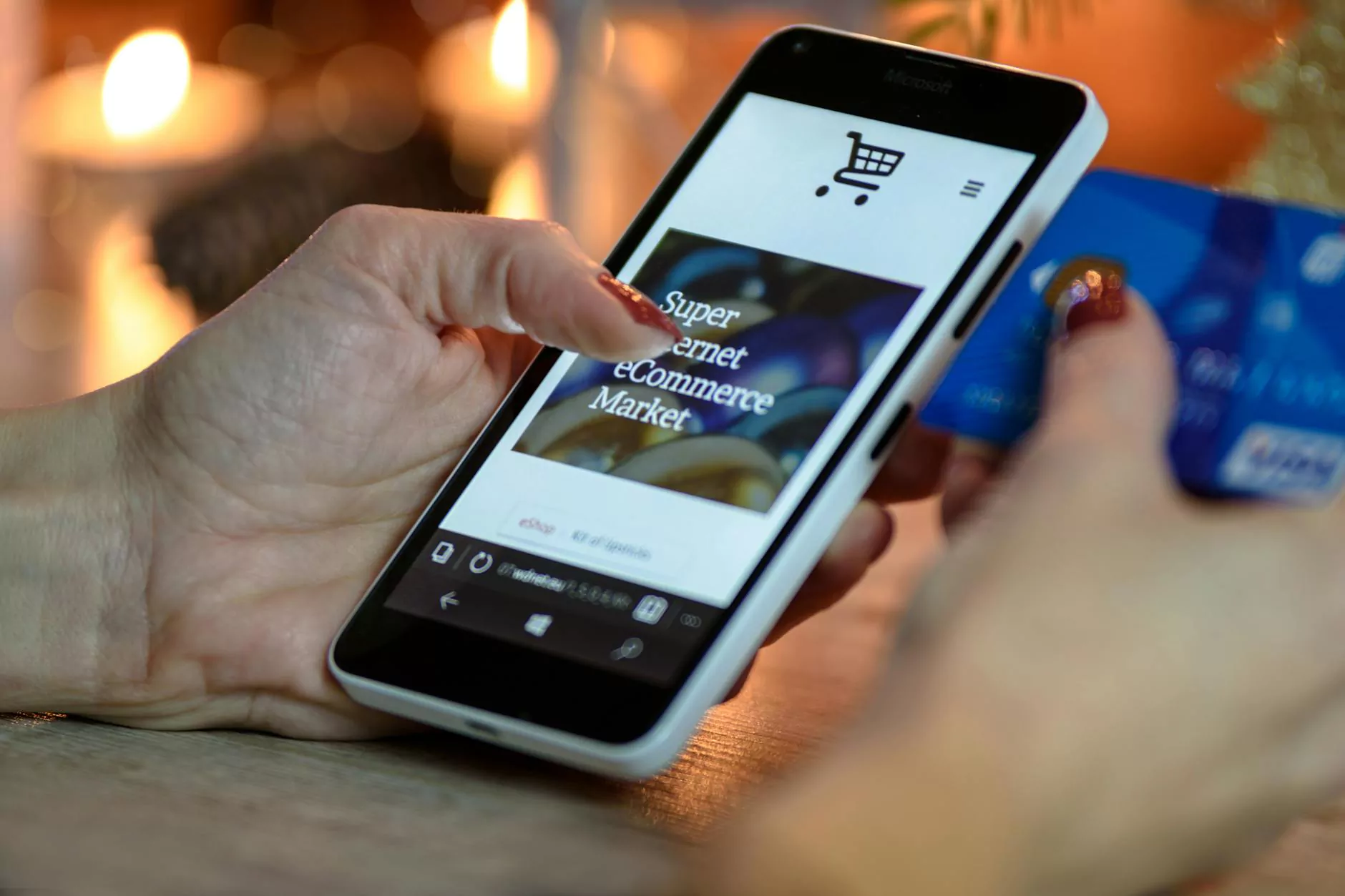Business Cards: The Dos and Don'ts of Effective Card Marketing
Blog
The Importance of Business Cards
Business cards serve as powerful tools for networking and establishing professional connections. In today's digital age, where everything seems to be just a click away, the physical presence of a business card can make a lasting impression on potential clients and partners. At Charlotte Seo, we understand the impact of well-designed and strategically distributed business cards, and in this guide, we will explore the dos and don'ts of effective card marketing.
Understanding Your Target Audience
Before diving into the dos and don'ts, it's crucial to identify and understand your target audience. Who are you trying to reach with your business cards? What are their needs, preferences, and expectations? By gaining a clear understanding of your target audience, you can tailor your card marketing efforts to resonate with them effectively.
Dos of Effective Card Marketing
1. Make a Memorable First Impression
Your business card should be visually appealing and reflect the essence of your brand. Use high-quality design elements, captivating colors, and professional fonts that align with your brand identity. A visually striking and memorable card will make a positive impact on anyone who receives it.
2. Keep It Simple and Clear
While it's important to make a memorable impression, avoid overcrowding your business card with excessive information. Keep the design clean and uncluttered, focusing on key details such as your name, logo, contact information, and a concise tagline that conveys the unique value you offer. Remember, simplicity is key to effective communication.
3. Include Relevant Contact Information
Ensure your business card includes all necessary contact information, such as your phone number, email address, and website URL. If applicable, consider adding your social media handles. Make it easy for potential clients or partners to reach out to you in the way they prefer.
4. Utilize Both Sides of the Card
Take advantage of the available space on your business card by utilizing both sides. Use one side for essential information, and reserve the other side for additional details or a creative design that captures attention. This approach allows you to provide more information while maintaining a clean and organized card layout.
5. Showcase Your Unique Selling Proposition
A business card should convey your unique selling proposition (USP) effectively. Craft a compelling tagline or brief description that highlights the key benefits your products or services offer. Use attention-grabbing language and make it clear why someone should choose your business over competitors.
6. Incorporate a Call to Action
Include a call to action on your business card to encourage recipients to take the next step. This can be a specific offer, a free consultation, or an invitation to visit your website. Make it enticing and time-sensitive to create a sense of urgency.
Don'ts of Effective Card Marketing
1. Overwhelm with Information
Avoid overwhelming your business card with excessive information. Keep in mind that the primary purpose of the card is to create intrigue and provide essential contact details. Resist the temptation to include every detail about your business on the card. Instead, let it serve as a conversation starter.
2. Use Poor Quality Design
Invest in professional design services or use high-quality design software to create visually appealing business cards. A poorly designed card can leave a negative impression and undermine the credibility of your brand. Remember, your business card represents you and your business.
3. Misspellings and Inaccurate Information
Avoid any spelling mistakes or outdated contact information on your business card. It may seem obvious, but even a minor error can have a significant impact on how potential clients perceive your professionalism and attention to detail. Double-check all information before printing and distributing your cards.
4. Neglecting Card Distribution
Having well-designed business cards is only half the battle. Actively distribute your cards at relevant events, conferences, or when networking. Additionally, consider placing them strategically in local businesses or public bulletin boards. The more exposure your cards get, the higher the chances of generating valuable leads.
5. Disregarding Brand Consistency
Ensure your business cards align with your overall brand consistency. Stick to your brand's color scheme, font styles, and logo placement. Consistency across all your marketing collateral helps build brand recognition and reinforces the message you want to convey.
6. Using Generic Templates
Avoid using generic card templates that lack uniqueness and fail to stand out. Generic cards tend to blend in with others, making it harder for potential clients to remember you. Invest time and effort into creating a custom design that sets you apart from the competition.
Conclusion
Business cards remain a powerful marketing tool when utilized effectively. By following the dos and don'ts outlined in this comprehensive guide, you can create impactful cards that leave a lasting impression on your target audience. Remember, at Charlotte Seo, our expertise in SEO services for business and consumer services can assist you in optimizing your overall marketing strategy, including designing and distributing effective business cards. Get in touch with us today to take your card marketing to the next level!










